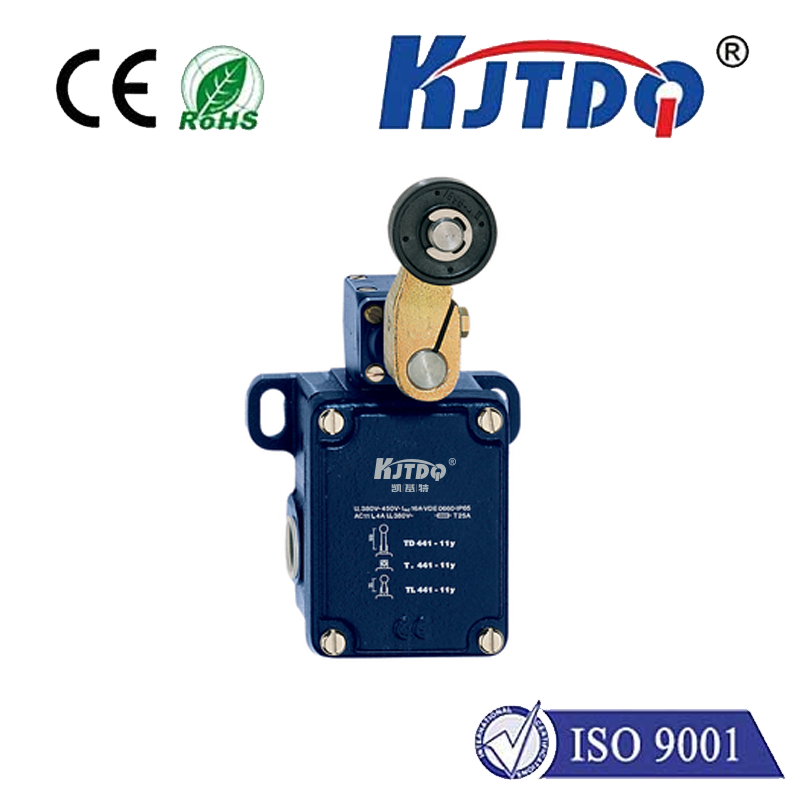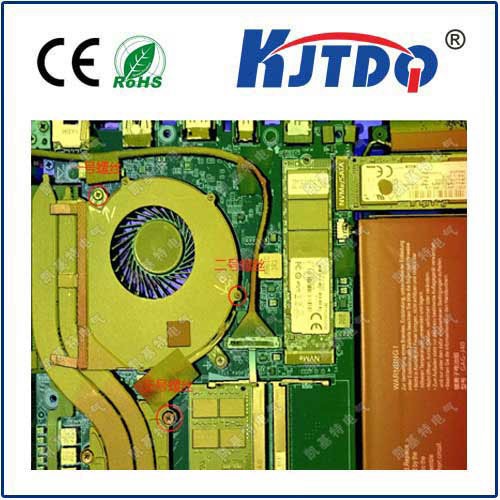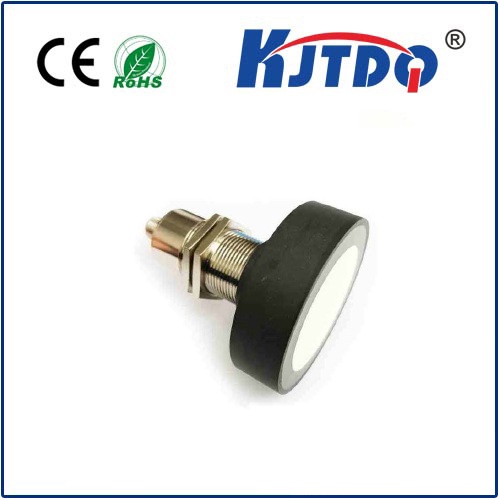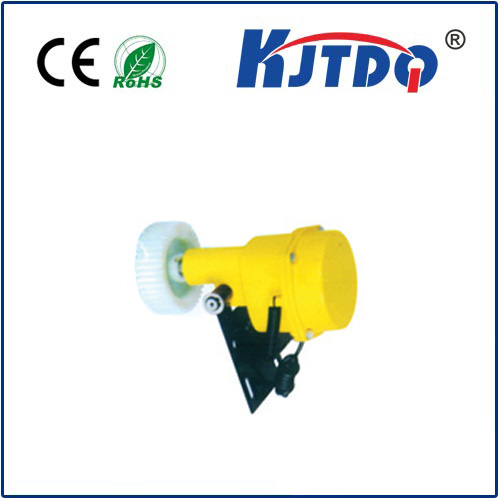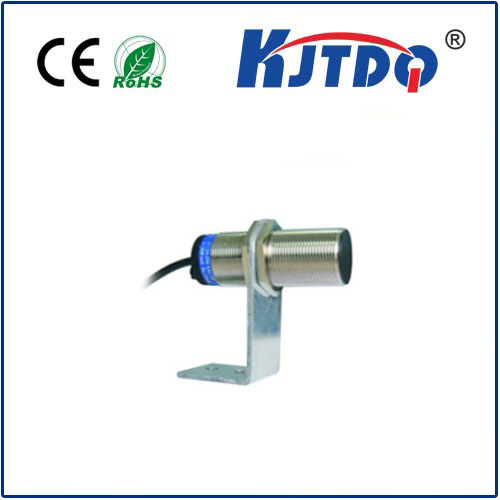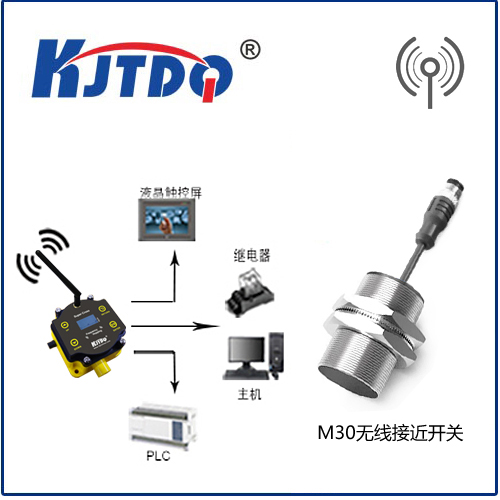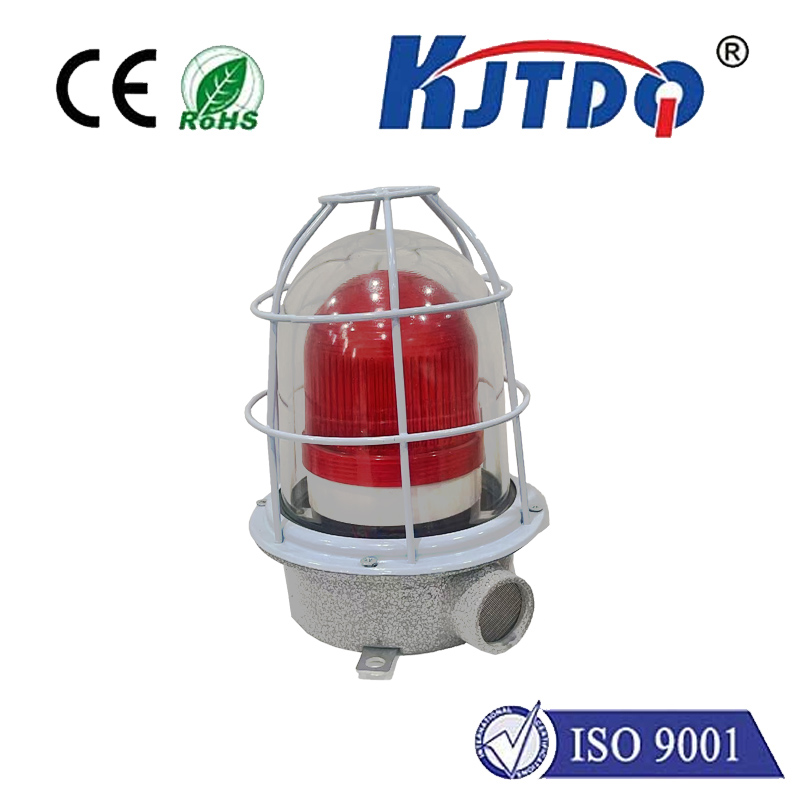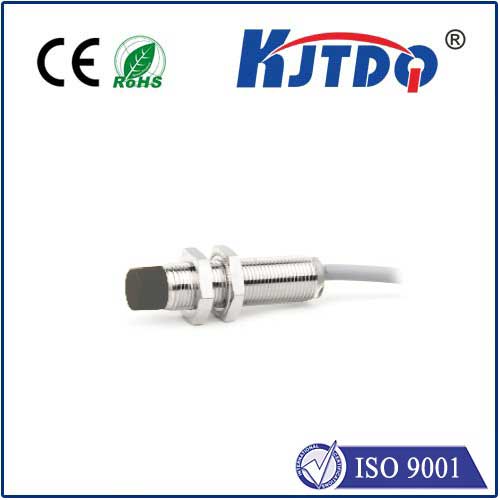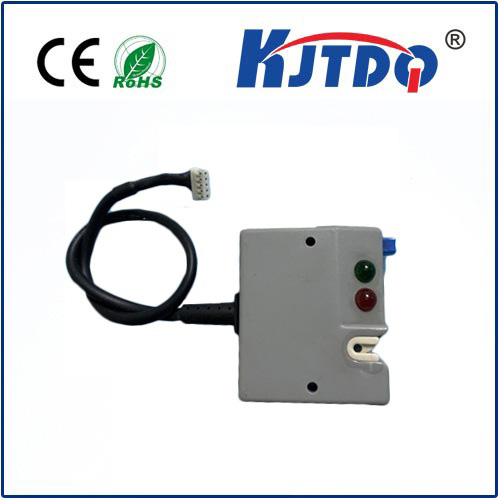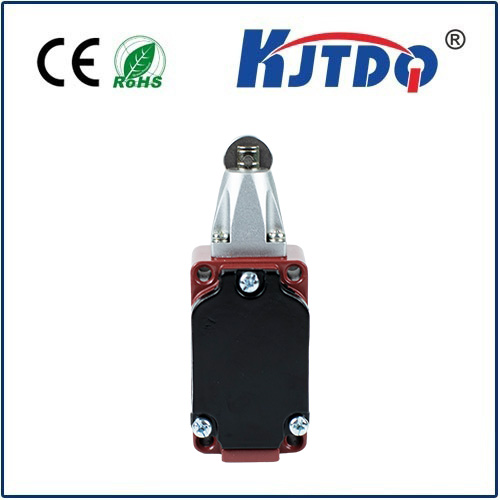
check

check

check

check
The plastic proximity sensor, also known as a photoelectric sensor or ultrasonic sensor, is a small electronic device that can detect the presence or absence of an object in its path. These sensors have become increasingly popular due to their ability to integrate seamlessly into a wide range of devices and applications. In this article, we will explore the advancements and applications of plastic proximity sensors and their impact on various industries.
Section 1: Advancements in Plastic Proximity Sensor Technology
The development of plastic proximity sensors has been fueled by several technological advancements, including improvements in materials science, miniaturization, and wireless communication. These advancements have made plastic proximity sensors more accurate, reliable, and cost-effective than ever before.
Materials Science: The composition of plastic proximity sensors has evolved to include high-performance materials such as carbon fiber reinforced polymer (CFRP) and silicon carbide (SiC). These materials offer superior durability, resistance to environmental stresses, and increased sensitivity compared to traditional plastic sensors.
Miniaturization: As technology continues to shrink the size of electronic components, plastic proximity sensors have followed suit. Today's sensors are smaller and more lightweight than their predecessors, making them ideal for use in wearable devices, IoT solutions, and other space-constrained applications.
Wireless Communication: Advances in wireless communication technologies such as Bluetooth Low Energy (BLE) and Zigbee have facilitated the integration of plastic proximity sensors into a wider range of devices. This has opened up new opportunities for sensor-driven applications in healthcare, home automation, and industrial automation.
Section 2: Applications of Plastic Proximity Sensors
The versatility of plastic proximity sensors has made them invaluable in numerous industries and applications. Here are some examples of how these sensors are being used today:
Healthcare: Plastic proximity sensors are being integrated into medical devices such as blood pressure monitors, stethoscopes, and surgical tools. These sensors help ensure patient safety by providing real-time feedback on the position of instruments during procedures.
Industrial Automation: Plastic proximity sensors are used in industrial machinery to monitor the position and movement of parts during manufacturing processes. This helps improve efficiency, reduce downtime, and increase productivity in high-volume production environments.
Home Automation: In smart homes, plastic proximity sensors are used to control lighting, HVAC systems, and security features. By detecting when occupants enter a room or exit a home, these sensors can automatically adjust settings to optimize energy consumption and enhance home security.
Consumer Electronics: Plastic proximity sensors are featured in a variety of consumer electronics, from smartphones to fitness trackers. These sensors allow users to interact with their devices in new ways, such as tapping surfaces to activate functions or sensing when objects are nearby for augmented reality experiences.
Conclusion: The plastic proximity sensor has come a long way since its inception and continues to revolutionize the way we interact with technology. As research and development in this field continue, it is likely that these sensors will play an even greater role in shaping the future of our lives and society.
